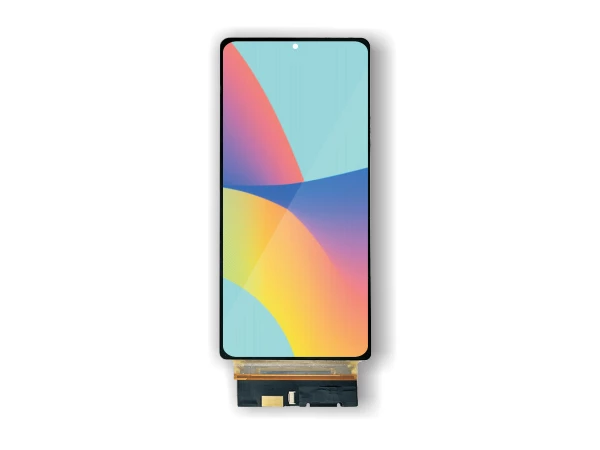Automotive Grade TFT Display Drive Innovation in Vehicle Technology
Oct 20,2025
In the rapidly evolving automotive industry, display technology has become a key differentiator for both vehicle performance and user experience. Automotive grade TFT (Thin Film Transistor) displays are at the forefront of this innovation, offering unparalleled clarity, reliability, and responsiveness for modern vehicles. Designed to withstand the harsh conditions of automotive environments, these displays deliver consistent performance under extreme temperatures, vibrations, and exposure to sunlight, making them ideal for dashboards, infotainment systems, instrument clusters, and head-up displays.
One of the key highlights of automotive grade TFT display is their exceptional image quality. With high resolution, wide color gamut, and excellent contrast ratios, they provide vivid and sharp visuals that enhance readability and safety. Whether displaying navigation maps, multimedia content, or vehicle diagnostics, these screens ensure that drivers can access critical information quickly and accurately. Advanced TFT technology also supports fast refresh rates and low latency, enabling smooth animations and responsive touch interfaces, which are essential for modern infotainment systems.
Durability and reliability are central to automotive grade TFT design. Unlike standard displays, automotive TFT panels are engineered to operate within a wide temperature range, typically from -40°C to +85°C, and are resistant to thermal shocks and humidity. They are also designed to endure constant vibration and mechanical stress experienced in vehicle operation. These robust features ensure long-term performance, reducing maintenance needs and enhancing the overall vehicle lifespan. Manufacturers integrate specialized coatings and reinforced glass to protect against scratches, glare, and UV damage, ensuring that display quality remains uncompromised throughout the vehicle’s life cycle.
Automotive grade TFT displays also excel in connectivity and integration. Many models support multiple interface standards, such as LVDS, eDP, and MIPI, allowing seamless connection with vehicle control units and multimedia processors. This flexibility enables automakers to design highly integrated systems where displays communicate with sensors, cameras, and advanced driver-assistance systems (ADAS), providing real-time feedback to drivers. Some TFT displays also incorporate touch functionality or support multi-touch gestures, further enhancing interactivity and user control.
Energy efficiency is another critical aspect of automotive TFT displays. Modern panels utilize advanced backlighting technologies such as LED and OLED enhancements, which reduce power consumption while maintaining high brightness and color accuracy. This is particularly important in electric vehicles (EVs), where efficient energy management is essential to extend battery life and overall vehicle range. Moreover, adaptive brightness control allows the display to automatically adjust to ambient lighting conditions, improving visibility and reducing driver fatigue during long journeys or night driving.
From a design perspective, automotive grade TFT displays offer versatility and customization. Manufacturers can produce various sizes, aspect ratios, and form factors, including curved and flexible displays, to seamlessly fit dashboards and center consoles. This adaptability enables unique vehicle interior designs and user experiences, aligning with the growing demand for luxury and personalized automotive environments. Additionally, advanced display software allows dynamic content management, enabling automakers to update interfaces over-the-air and provide personalized information to drivers.
Safety is an integral benefit of automotive TFT displays. By integrating with ADAS, cameras, and sensors, these displays provide real-time alerts, lane departure warnings, blind spot monitoring, and navigation guidance. Clear visual cues reduce driver distraction, improve situational awareness, and enhance overall road safety. Automotive TFT displays also support multiple viewing angles and anti-glare technologies, ensuring critical information remains visible even under direct sunlight or adverse weather conditions.
In conclusion, automotive grade TFT displays are revolutionizing the driving experience by combining advanced technology, durability, and user-focused design. Their high-resolution visuals, robust performance under extreme conditions, energy efficiency, connectivity, and safety features make them essential components in modern vehicles. As automotive technology continues to advance, TFT displays will remain a cornerstone in creating smarter, safer, and more interactive vehicles, setting new standards for user experience and automotive innovation.
Key words:
Recommended
Exploring the Advantages of CTP Touch Screen Technology in LED Displays





